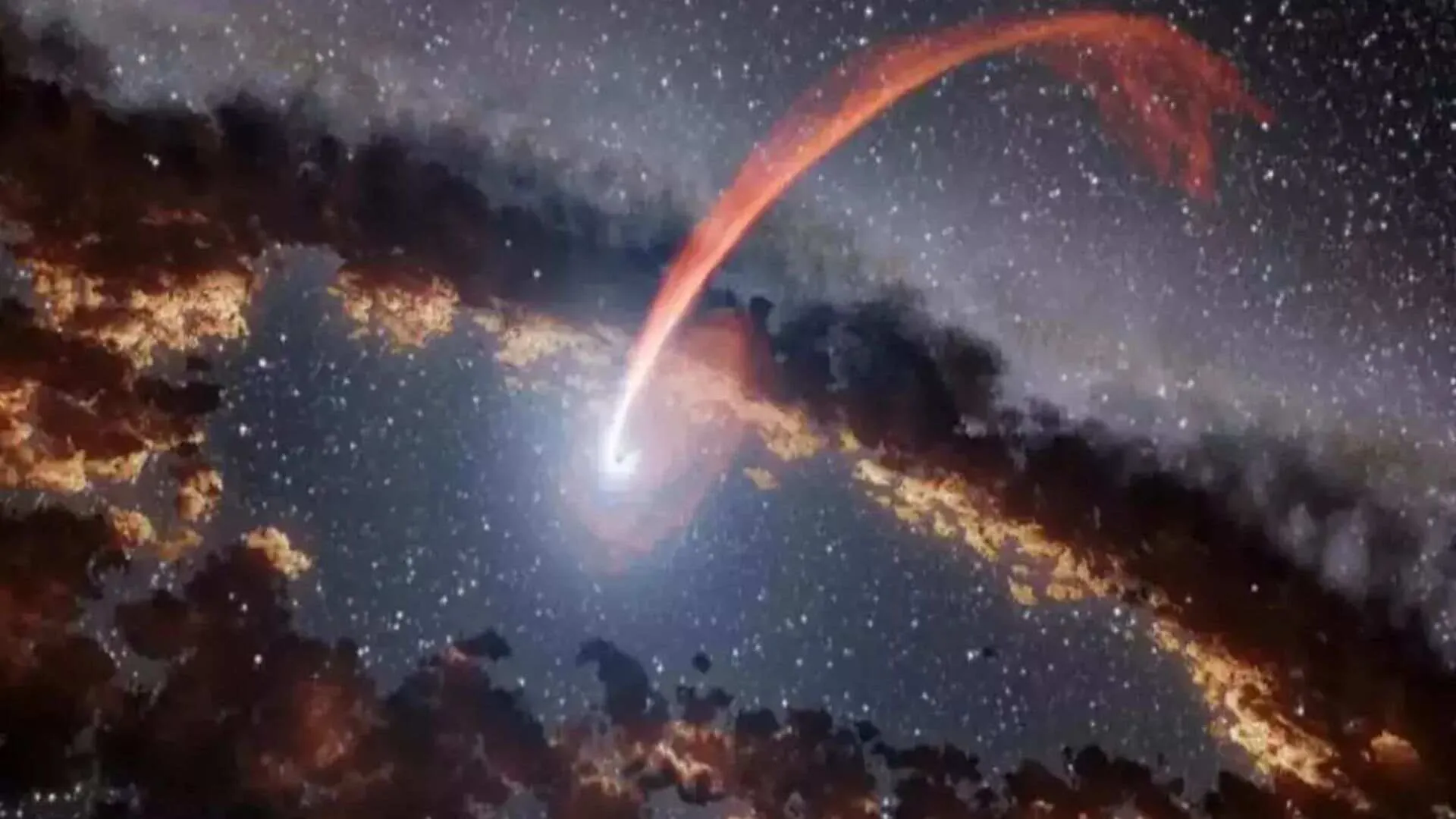Antarctica is one of the most mysterious and unexplored regions on Earth, attracting both scientists and adventurers. Among its many wonders is the Blood Waterfall, a red-colored waterfall that flows from Taylor Glacier into West Lake Bonney. The striking feature was discovered more than 110 years ago but still fascinates researchers, remaining a topic of interest.
Unique Phenomenon of Blood Waterfall
Blood Falls was discovered in 1911 by geoscientist Griffith Taylor, who gave both the glacier and the surrounding valley his name. Scientists first hypothesized that red algae was to blame for the red coloration of the waterfall. However, science has since confirmed a more probable explanation. The color of the water is due to the high iron content, which reacts with oxygen in the air when the water emerges from the glacier, turning it a vivid crimson.
Blood Falls Flow Despite Freezing Temperatures
The color of Blood Falls was not the only thing that made its discovery remarkable. The temperature in the area is close to -19 degrees Celsius, and the water still flows. Scientists are puzzled by this phenomenon. In 2003, scientists discovered that the water has a very high salt content, which is twice the salinity of seawater. This high salt concentration elevates the freezing point of the water, making it flow even at such low temperatures.
Life Below the Glacier: Chemo-Synthetic Bacteria
There exists a niche of salt-water-dwelling bacteria that thrive in such conditions. Being light-free, devoid of oxygen, and nutrient-deprived, they survive based on chemosynthesis. That means that through this chemosynthesis process, they manage to extract their energy by breaking up the sulfur and iron content in water.
The water beneath Blood Falls also has its origin story. The studies indicate that during about 1.5 million years back, a saltwater lake was stored under a glacier. As the glacier started moving slowly over the lake, it covered that lake by sealing the water in. After thousands of years, the water started spouting from underneath the ice, forming the celebrated Blood Falls, which to this day, are puzzling scientists.









